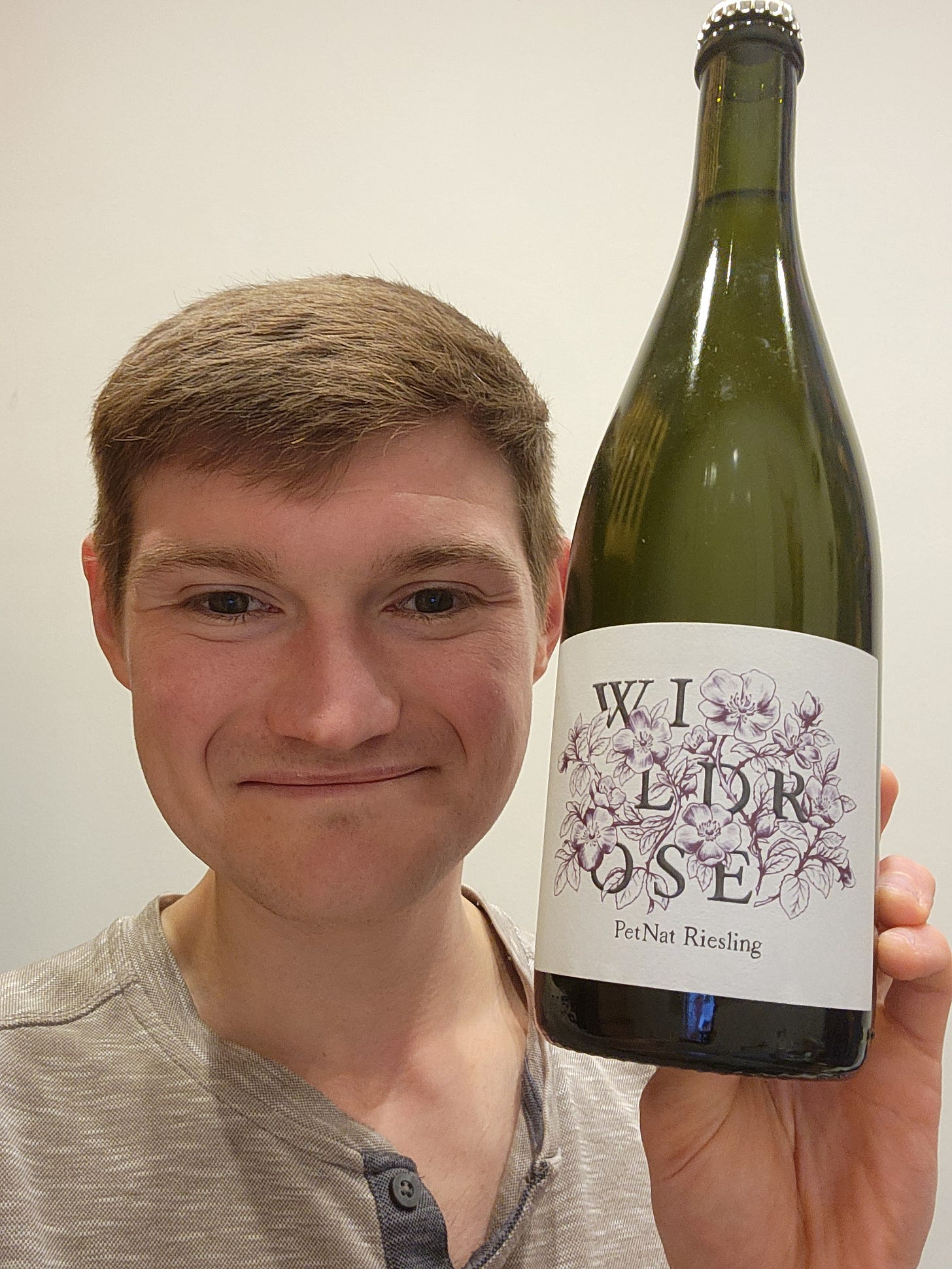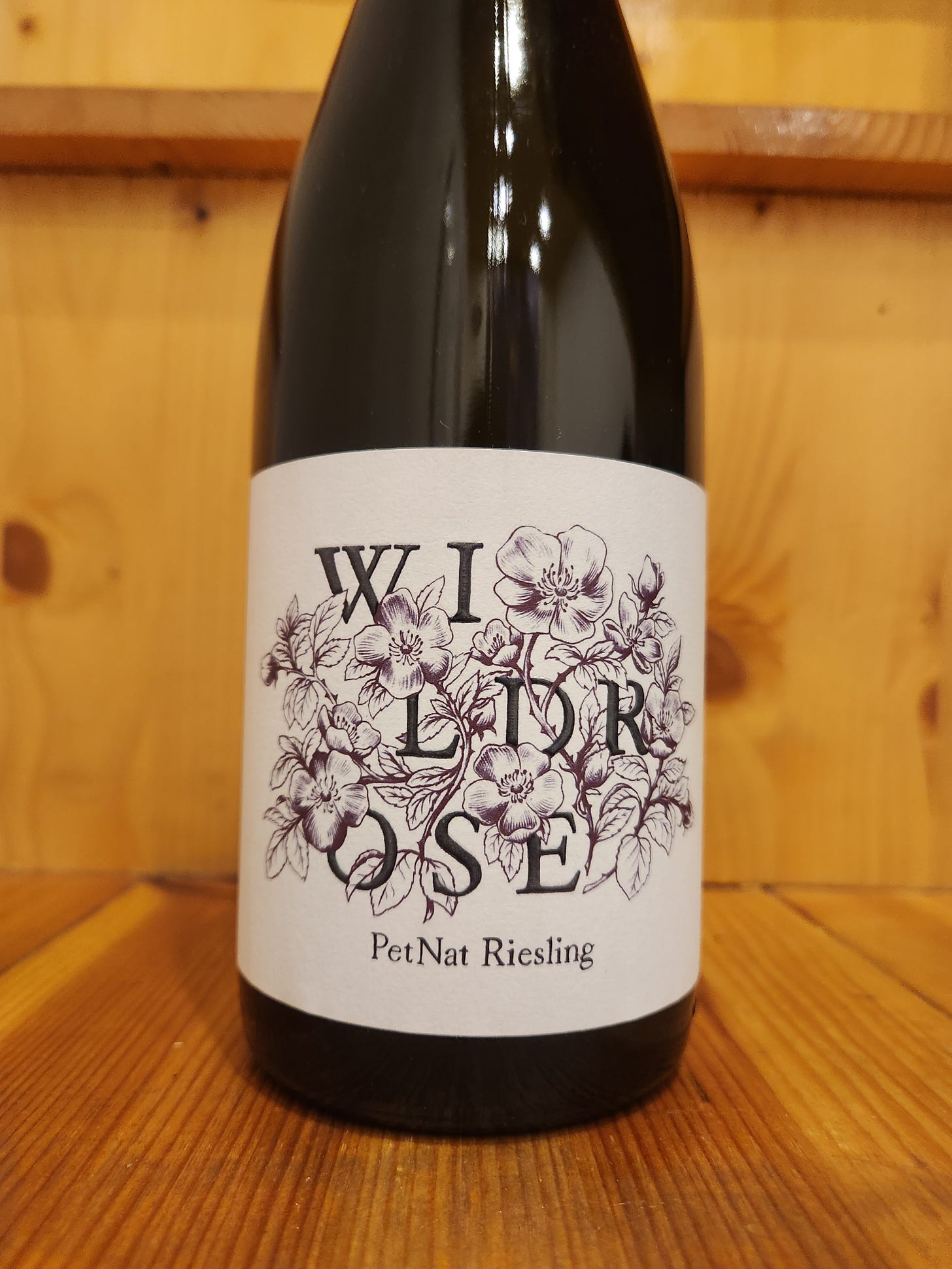What is a "Pet Nat" Wine?
Sparkling wine is good for every occasion. When people think of sparkling wine, Champagne typically ranks as king, with other favorites including Italian Prosecco, Spanish Cava, and Sekt from Germany.
But today, I want to talk about an entire category of sparkling wine called Pétillant naturel, often abbreviated as Pét-nat or Pet Nat, before I present bottle notes on an Austrian Pet Net made from Riesling grapes in the Kamptal by the wonderful Rosner family at Weingut Rosner.
Pétillant naturel is the oldest method of making sparkling wine, with roots tracing back to the 16th century in southwestern France.
The technique was first documented in 1531 at the Abbey of Saint-Hilaire in Limoux, predating the development of Champagne.
This method of making sparkling wine, also known as méthode ancestrale or méthode gaillacoise, remained a local tradition for centuries before experiencing a revival in recent decades, particularly in France's Loire Valley, however also spreading to other regions, including Austria!
The process of making Pét-nat can be viewed as simple and “natural” compared to other sparkling wine methods.
Winemakers crush the grapes as they would for a traditional non-sparkling (still) wine and ferment the wine as usual. However the wine is the bottles before the first fermentation is complete under crown cap, like you might find on a bottle of beer or soda, which traps the remaining carbon dioxide in the bottle to create natural bubbles.
This single fermentation process relies on the grapes' innate sugars, without the addition of extra sugar or yeast like with Champagne or the use of tanks, as done with Prosecco.
The result is a gently sparkling wine with lower alcohol content, typically 11-12%, often unfiltered and sealed with a crown cap.
Despite this simplicity, these wines require care and consideration from the winemaker as the hand-off nature requires the use of quality grapes to ensure that the resulting final wine does not have unpleasant notes or harshness on the palate.
Pét-nat wines are characterized by their rustic charm and unpredictable nature. They can retain some residual sweetness, a cloudy appearance due to unfiltered yeast particles, and a gentle effervescence with 2.5-3 atmospheres of pressure, compared to Champagne's 5-7.
The style allows for great versatility, as winemakers can use any grape variety from any location, encouraging experimentation and innovation.
In recent years, Pét-nat has gained significant popularity among sommeliers, natural wine enthusiasts, and casual drinkers alike.
Its revival is closely tied to the broader trend towards natural, minimally manipulated wines. Pét-nat's appeal lies in its raw, unadulterated flavors and its representation of a more natural approach to winemaking.
The style's resurgence in the 1990s, spearheaded by winemakers in the Loire Valley, has led to its spread beyond France, with producers in various countries now crafting their own versions of this ancient sparkling wine.
Today, you can find great Pet Nat wines from producers like Weingut Rosner, and that is a great development in the wine world!





